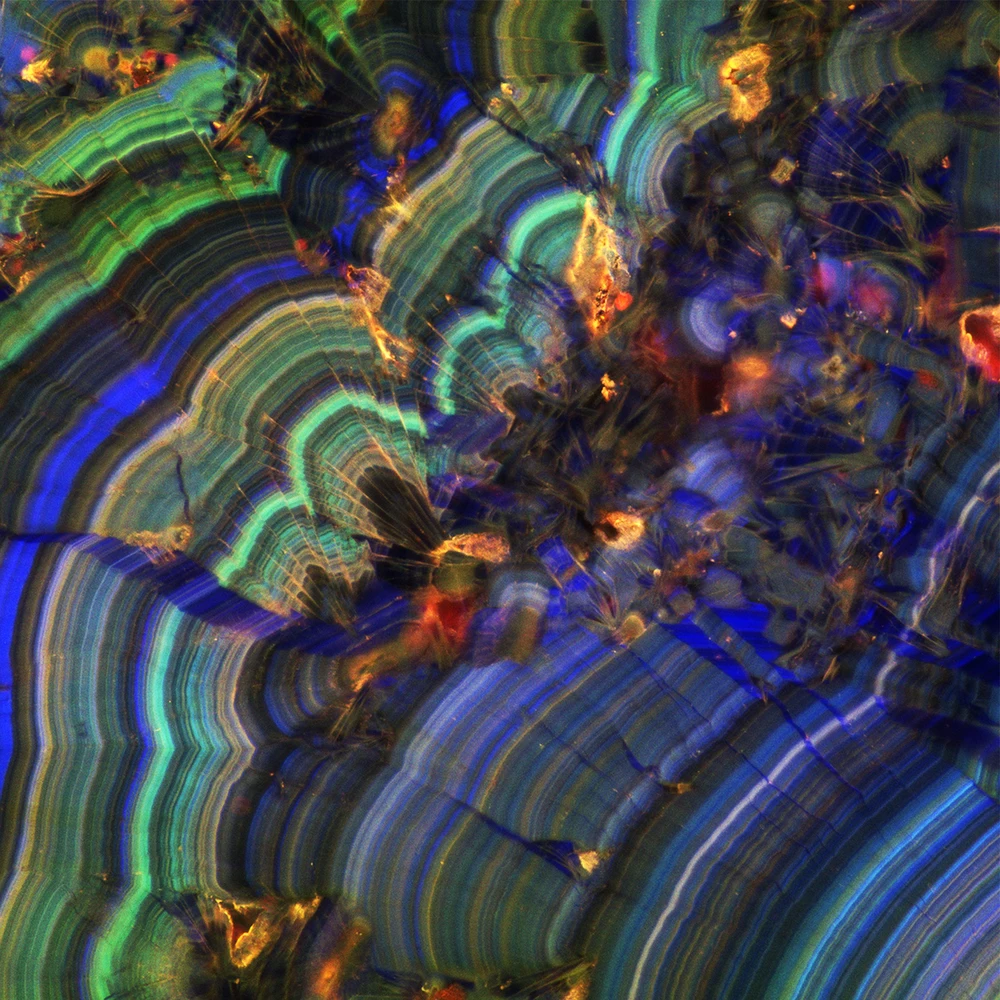
What causes the 78% recurrence rate in patients treated with shock wave lithotripsy (SWL) for calcium oxalate (CaOx) kidney stones?
Shock wave lithotripsy (SWL) is the most commonly applied treatment for human kidney stones globally, yet 78% of patients experience a recurrence in painful stone growth. In order to find out why, Lauren Todorov’s 2022 M.Sc. thesis research applied GeoBioMed experimental and analytical approaches to determine the size frequency distribution, fracture patterns, and reactive surface area of SWL-derived particles from calcium oxalate (CaOx) kidney stones. These analyses were completed within the context of the original crystal growth structure (crystalline architecture) of the CaOx stones, as revealed by confocal autofluorescence (CAF) and super-resolution autofluorescence (SRAF) microscopy. Results indicate that SWL creates clinically undetectable crystallization seed points with extremely high reactive surface areas. These SWL-derived particles dramatically enhance the multiple events of crystallization and dissolution (diagenetic phase transitions) that may lead to the high rates of CaOx kidney stone recurrence after SWL treatment. Read the paper here!
